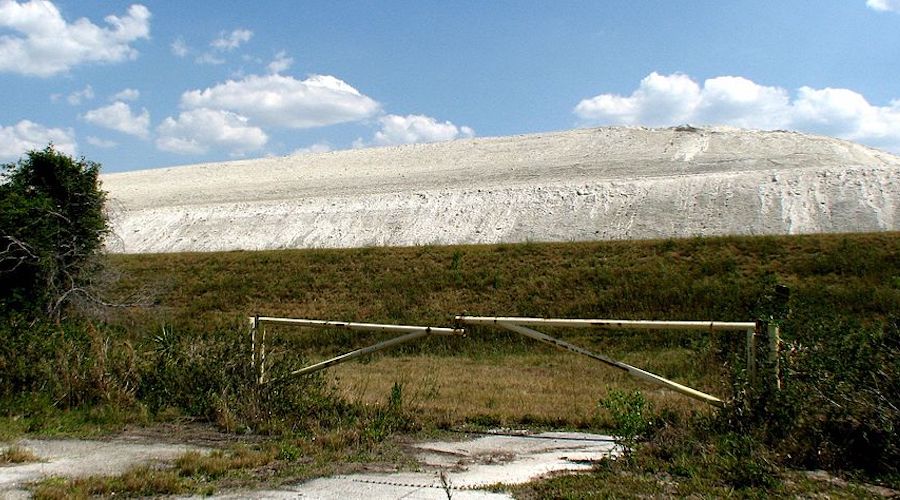
“Today, an estimated 200,000 tons of rare earth elements are trapped in unprocessed phosphogypsum waste in Florida alone,” Lauren Greenlee, who leads the Penn State effort with co-principal investigator Rui Shi, said in a media statement.
To harvest the rare earth elements trapped in phosphogypsum, the researchers propose a multistage process using engineered peptides
Greenlee explained that phosphogypsum is piped to ditches and ponds for indefinite storage.
“This source of rare earth elements is presently untapped due to challenges associated with radioactive species and the difficulty of separating the individual elements,” the expert said. “The vision for this project is to discover new separation mechanisms, materials and processes to recover valuable resources, including rare earth elements, fertilizers and clean water, from waste streams of the fertilizer industry, paving the way for a sustainable domestic supply of rare earth elements and a sustainable agriculture sector.”
Phosphogypsum is formed when phosphate rock is processed into fertilizer and contains small amounts of naturally occurring radioactive elements, such as uranium and thorium. Because of this radioactivity, the byproduct is stored indefinitely, and improper storage can contaminate soil, water and the atmosphere.
To harvest the rare earth elements trapped in phosphogypsum, the researchers propose a multistage process using engineered peptides capable of precisely identifying and separating out the rare earth elements through a specialized membrane.
“Individual rare earth elements have similar sizes and identical formal charges, so traditional membrane separation mechanisms are insufficient,” Greenlee said. “A key technical goal of this research is to discover the mechanisms that underpin peptide-ion selectivity and leverage those mechanisms to design a new class of highly selective membranes.”
The team at Case Western Reserve is tasked with the development of the molecules to latch to specific rare earth elements. Their design will be guided by computational modelling work being conducted at Clemson. Once the peptides are developed, Greenlee will investigate how they work in water solutions, while Shi will use systems analysis tools, including techno-economic analysis and life cycle assessment, to evaluate the environmental impacts and economic feasibility of the proposed rare earth elements-recovery system under various design and operating conditions.
“We want to navigate away from the current environmental impacts to be more sustainable, and we can do that by translating the fundamental research and laboratory-scale results to systems-level environmental and economic impacts,” Shi said. “Then, we can integrate the sustainability results back into design to guide future research targets while advancing rare earth element recovery and phosphogypsum processing.”
Shi pointed out that the proposed project will complement another Penn State research that focuses on using naturally occurring protein molecules to extract grouped rare earth elements from other industrial waste sources.
“For our project, the hypothesis is that water molecules associated with the peptides binding to the rare earth elements reorganize, and we can precisely control that reorganization to be more efficient based on the individual rare earth element,” Greenlee explained, noting that her team will examine the interactions at the atomic level by using X-ray absorption spectroscopy to validate how the molecules exchange atoms as they bind. “With modelling and experimentation, we’ll continue to iterate to ensure we understand how the molecules work together.”




